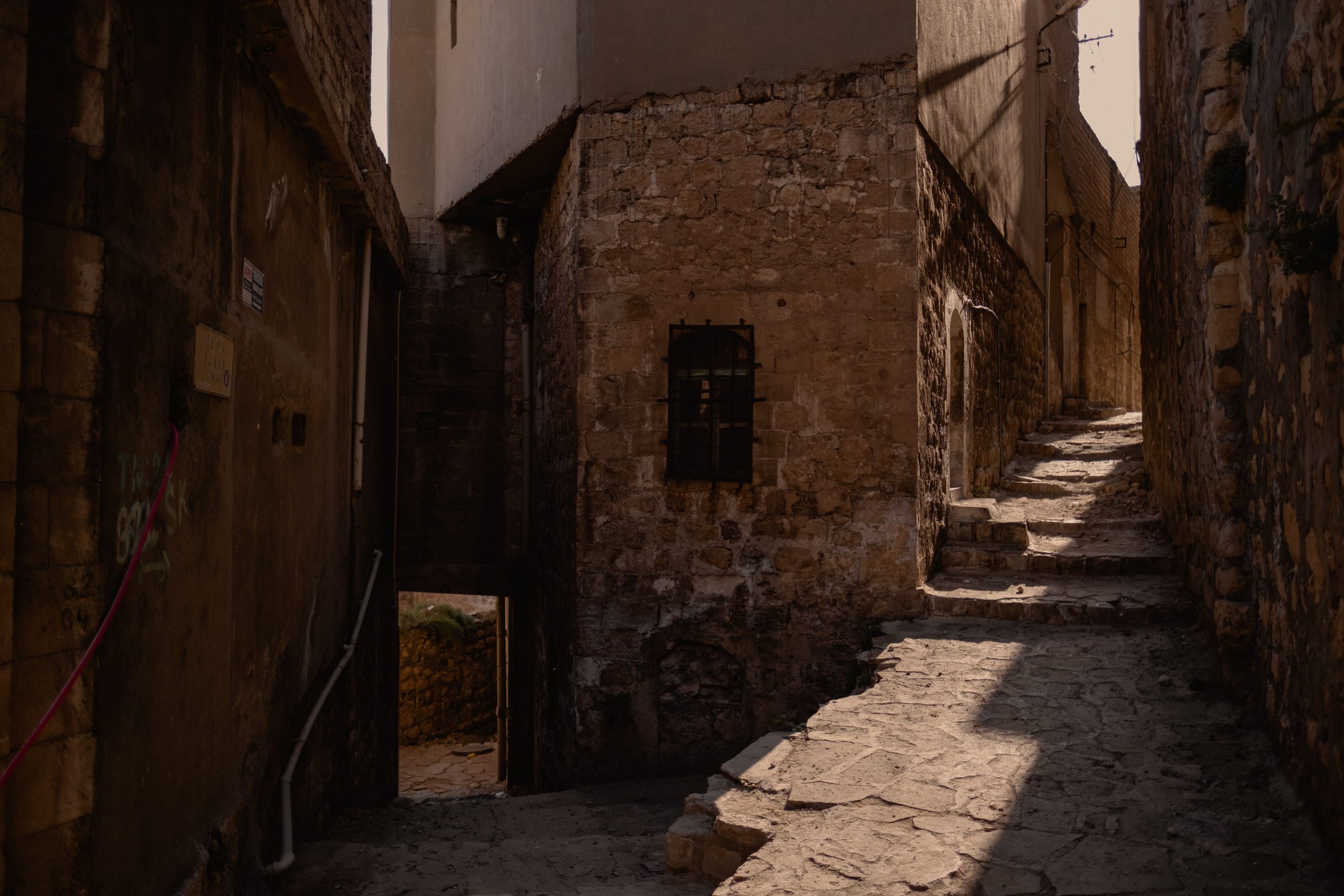TABLE OF CONTENTS
The Middle East is generally accepted as comprised of most of Western Asia and Egypt. The most used languages are Arabic, Hebrew, Persian, Turkish, Kurdish, Greek, and English. However, there are many more minor languages that are full of culture and history.
Let’s look at just a few smaller Middle East languages that deserve exploration.
Turoyo
Language Family: Aramic
Region: Turkey, Syria
The Turoyo language is an Eastern Aramaic language traditionally spoken in the Tur Abdin region in southeastern Turkey and in northern Syria, and it mostly used by members of the Syriac Orthodox Church.
The language is also called Surayt by its speakers. The name of the language comes for the word “turo”, meaning mountain.

Source: Levi Meir Clancy, Unsplash
As of 2017, there were believed to be around 250,000 speakers of Turoyo (“Omniglot“) worldwide, though Ethnologue estimates 84,000 native speakers (“ELP“). Many speakers migrated historically due to the genocide and oppression of Syriac Christians in the area.
Interestingly, even though the language has existed for centuries, it was only known to be written down starting in the 1880s by Western missionaries. Historically, Turoyo was spoken, and the written language was Kthobonoyo (or Classical Syriac).
Achomi
Language Family: Persian
Region: Iran, UAE, Kuwait, Bahrain, Qatar
Achomi is spoken by the people of southern Fars and western Hormozgan, as well as a significant amount of immigrant groups in other Middle East countries such as Kuwait and Bahrain. While native speakers call it Achomi, it is also referred to as Larestani, Khodmooni, or Lari. There are an estimated 150,000 speakers using the language.
There has been discussion of whether Achomi is a different language from Persian or if it is a dialect of Persian. However, “There are sharp distinctions between the grammatical structures and vocabularies of these two languages and this fact prevents mutual intelligibility” (Rahimi & Mansoori, “A Study of Personal Pronouns of Larestani as an Endangered Iranian Language“).
Indeed, Achomi is an interesting language because of how unstudied it is. The language is centered around the people of Lar, which is a poor part of Iran both historically and still today. Additionally, “As an oral language, Lari literature is scant and limited exclusively to poetry” (“Notes on a Journey through Lārestān, Iran“).
Unfortunately, because of these challenges, Achomi is in danger of extinction.
“Larestani and Kurdish have together retained a number of phonemic archaisms from the Middle Iranian stage that have disappeared in modern Persian.”
– Afsheen Sharifzadeh, “Notes on a Journey through Lārestān, Iran”
Suggested:
Siwi
Language Family: Berber
Region: Siwa Oasis and Gara Oasis in Egypt
Siwi (or Siwah) is an Eastern Berber language spoken in western Egypt, an outlier in a sea of primary Arabic speakers. Due to the lack of an official census (“Al-Monitor“), it has been estimated that between 10,000 and 25,000 people speak the language. It is the only Berber language indigenous to Egypt.
Though part of the language family, Siwi actually has a lot of unique linguistic features not common in other Berber languages. For example, Siwi includes the collapse of gender distinctions in the plural and the absence of dedicated negative forms of the verb.
Isolation of the region has both helped and hurt the language. While being a remote area has allowed inhabitants to continue to keep Siwi as their primary language, it has also led to the language not being formally taught and in danger of extinction as Arabic continues to dominant Egyptian curricula (“France24“). As of now, the UN has classified the language as “endangered”.
Mazanderani
Language Family: Western Iranian
Region: South coast of the Caspian Sea
Mazandarani (or Tabari) is spoken by an estimated 2 million people along the Caspian Sea, mostly in the Iranian province of Mazandaran. Though influenced by Persian, the language is more closely associated with the Gilaki language, as the two have similar vocabularies. Borjian notes that “the vocabulary alone makes Mazandarani mutually unintelligible with respect to Persian”.
Fortunately, the language has a long written history due to the region’s independent and semi-independent rulers after the Arab invasion, with texts reaching back to the 14th century. “Of the living Iranian dialects, Mazandarani boasts the longest written tradition, roughly matching that of New Persian” (Borjian).

Source: KMh Afrogh, Unsplash
However, the use of Mazandarani is believed to be dwindling due to younger generations communicating instead in Persian, specifically in urban centers. The language is instead seen to be used in private among family and friends, while Persian is used in business. As such, though there is currently a healthy number of speakers, Mazandarani may be an endangered language in the near future.
Soqotri
Language Family: South Semitic
Region: Socotra, an island of Yemen
“Soqotri is under direct threat from the spread of Arabic. Generally, Arabic is the language of education, government, the workplace and public life, whereas Soqotri is spoken at home amongst family and friends.”
Soqotri is spoken by the Soqotri people on the island of Socotra and the two nearby islands of Abd al Kuri and Samhah. It is considered one of six Modern South Arabian languages, along with Bathari, Harsusi, Hobyót, Mehri, and Shehri.
As of 2015, there were an estimated 70,000 speakers. Soqotri is actually made up of many local dialects, and its vocabulary reflects the inhabitants’ pastoral way of life with extensive descriptions of natural resources.
Though the language has survived due to the island’s distance from the mainland, in recent times there are fears it may go extinct due to the “gradual replacement of the Soqot˙ri language through a combination of involuntary and voluntary inducements: the political push of Arabic and the economic pull of English” (Elie, “Cultural Accommodation to State Incorporation in Yemen“).
“Soqotri is a pre-literate language and as yet has no written form, and the rich and descriptive vocabulary and terminology handed down from generation to generation is an oral tradition” (Soqotri Cultural Heritage). With this and the threat of Arabic being exclusively used in schooling and work, there are realistic fears that the language will go extinct if not preserved.
By 2100, UNESCO believes that half of the world’s languages will be extinct. That is such a huge loss culturally. It is imperative that we preserve our languages while we still can, as more than a language dies with the last living speaker – a people, a culture, a history, a whole world dies with it.
If you’re interested in languages, we recommend visiting the Endangered Languages Project and UNESCO.

Sign Up for Our Newsletter
The latest and greatest in transcription and translation news.



Leave a Reply